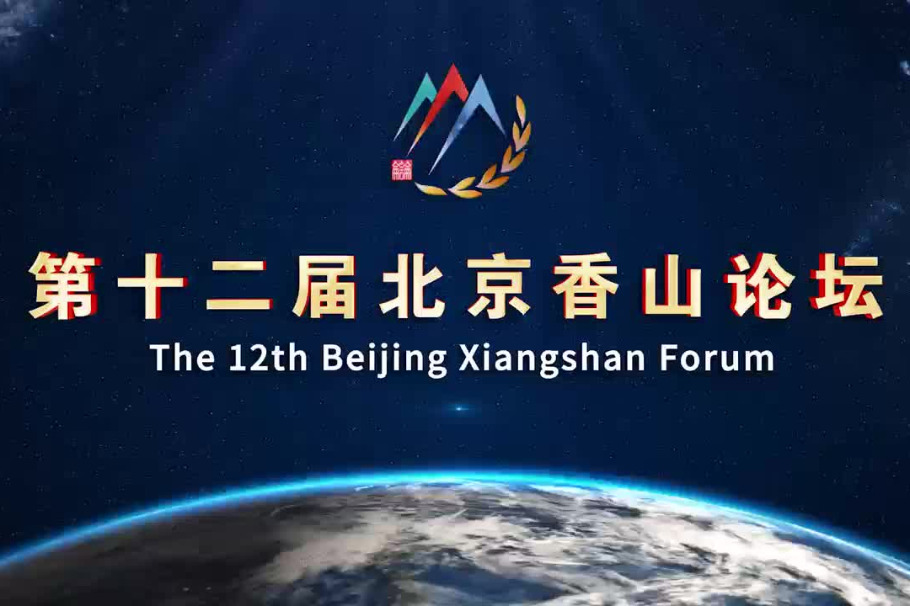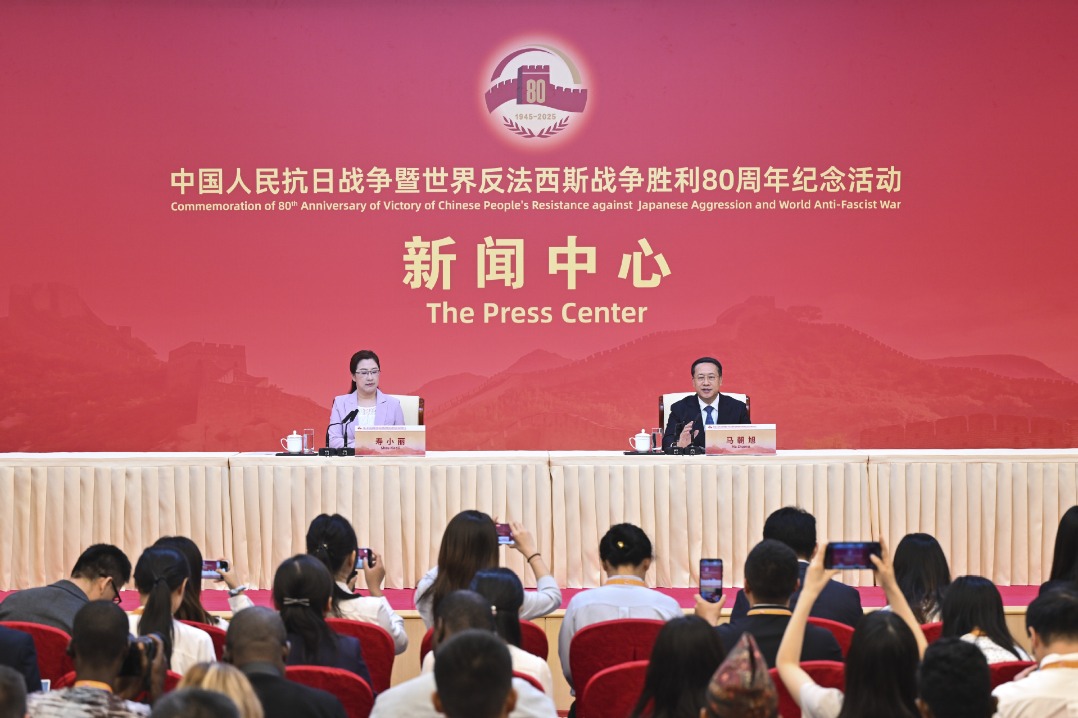July power use hits all-time high of 1 trillion kWh

China's electricity consumption reached a historic high in July, surpassing 1 trillion kilowatt-hours for the first time, driven by strong demand from production and consumption sectors.
The country's total power consumption reached 1.02 trillion kWh in July, a year-on-year increase of 8.6 percent, said the National Energy Administration.
Often seen as a key indicator of economic activity, the record electricity consumption — which is also a global first — was propelled by strong performance in manufacturing and retail sectors as well as a surge in demand for cooling during the peak summer months.
Industry experts believe the record is a clear indication of the vitality and resilience of the world's second-largest economy.
This increase highlights a robust and widespread economic rebound, with growth seen in industrial, commercial and residential sectors, indicating a positive outlook for near-term growth, said Lin Boqiang, head of the China Institute for Studies in Energy Policy at Xiamen University.
"Electricity usage directly reflects activity in factories, commercial establishments and households. This surge unequivocally confirms that the world's second-largest economy is not just recovering, but demonstrating significant vitality and resilience."
Chen Yaning, director of the power supply and demand analysis division of the China Electricity Council's statistics and digital intelligence department, said that rapid growth in commodity sales and manufacturing investment has contributed to the increased electricity consumption.
The relatively stable domestic demand, the growth of new quality productive forces and an unexpected rebound in industrial production and exports also led to the record consumption, Chen said.
According to the council, equipment manufacturing and consumer goods manufacturing related to new quality productive forces maintained strong resilience of late.
In June alone, electricity consumption in the vehicle, general and special equipment, and computer and communication manufacturing sectors grew rapidly, it said.
In addition, popular sectors such as artificial intelligence, software, information technology services and new energy vehicle manufacturing drove high growth in power consumption in related industries as well.
Accelerating the construction of a unified national power market is expected to further optimize power resource allocation nationwide, said Yang Kun, executive vice-chairman of the council.
The State Grid Energy Research Institute's Economic and Energy Demand Research Institute expects China's total electricity consumption will reach 10.3 trillion kilowatt-hours in 2025, setting another record high. This projection underscores the continued growth of the Chinese economy and the increasing electrification of various sectors, including transportation and industry.
Electricity consumption in the services sector is projected to rise by 9.5 percent this year, making it a key contributor to overall power demand growth, it said.
This increase is driven by policies designed to boost spending, a continued rebound in traditional consumption patterns, and the development of new areas and opportunities for consumption.
The institute highlighted the ongoing need for sophisticated grid management and market reforms to accommodate the changing energy landscape.
The rise of renewable energy in China's power mix is not without its challenges. Integrating intermittent sources like wind and solar into the grid requires significant investments in grid infrastructure, energy storage and demand-side management. China has been actively addressing these challenges through technological innovation and policy support, it said.
The record consumption is not solely attributable to traditional drivers, but also the increasing role of renewable energy sources in meeting China's growing power needs.
The country's ambitious push toward green energy is transforming its energy landscape, with renewable energy capacity and generation reaching unprecedented levels.
The speed and scale of China's renewable energy capacity expansion during the past five years were "unprecedented", said Wang Hongzhi, head of the National Energy Administration.
The share of renewable energy in its total installed power generation capacity has risen from 40 percent to approximately 60 percent during the 14th Five-Year Plan (2021-25) period, with wind and solar power experiencing "leapfrog development" in annual installations, Wang said.
Non-fossil energy sources increased by 1 percentage point annually, while coal consumption decreased by the same margin, he added.

Today's Top News
- East–West concert honors war's victims
- Qingdao-based area emerges as rising hub for regional growth
- Port city ramping up educational resources
- Leadership highlights ethnic unity
- Xi stresses persistent efforts to improve Party conduct
- Xi chairs meeting on ideological work, draft ethnic unity law





























